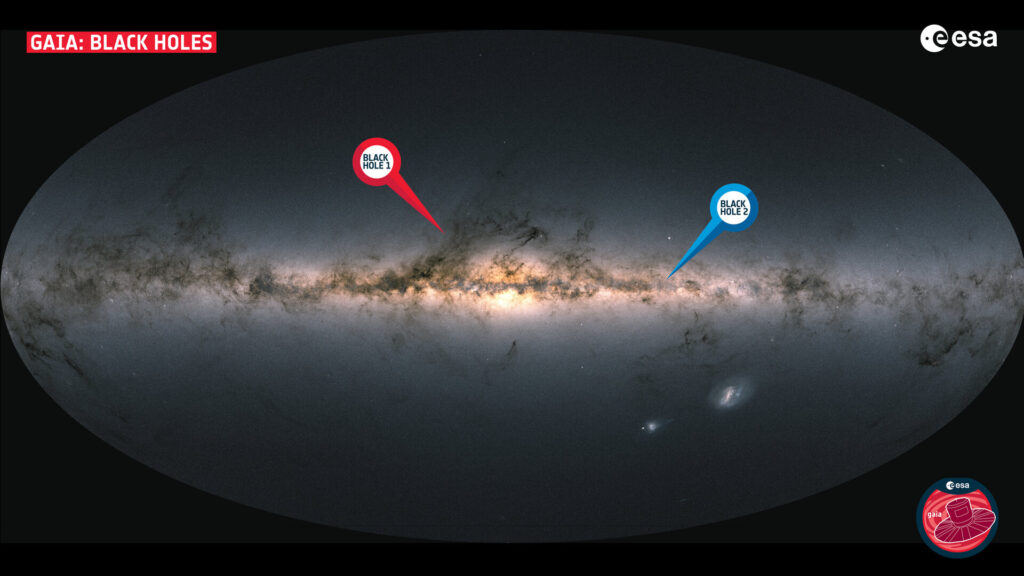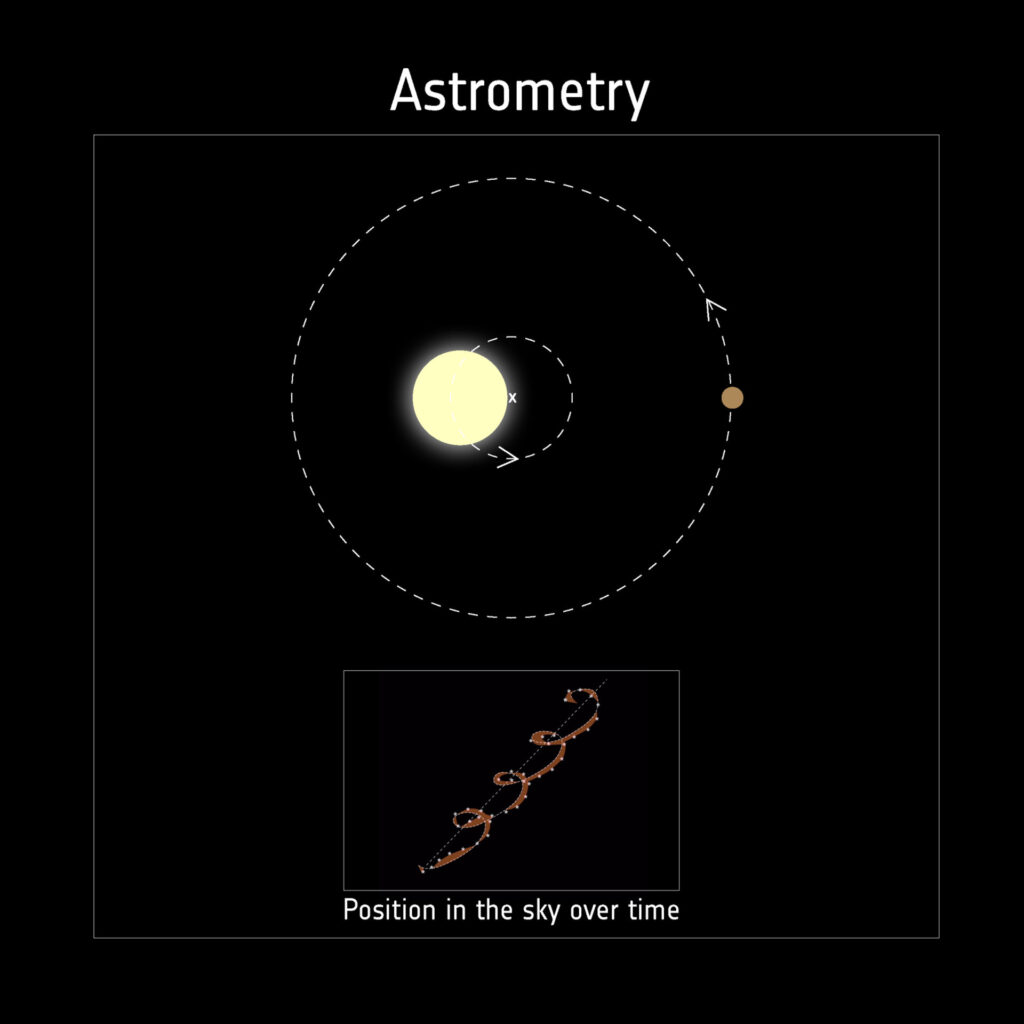The Gaia Space Observatory has helped astronomers discover a previously unknown stellar-mass black hole. It is one of the closest similar objects to the Earth.
Closest black hole
In the autumn of 2022, the Gaia mission staff announced the discovery of the closest black hole to us, designated Gaia BH1. It orbits a sun-like star located at a distance of 1,560 light-years from Earth in the direction of the constellation Ophiuchus.

In the course of further analysis of the telescope data, astronomers managed to find a second similar object. The Gaia BH2 black hole orbits a red giant located 3,800 light-years away. To date, this is the second black hole known to scientists by distance from Earth.
The discovery of Gaia BH1 and Gaia BH2 was an important milestone. In fact, Gaia discovered a previously unknown population of black holes that had previously escaped the attention of astronomers. But how was this discovery made?
Finding Hidden Black Holes
Modern models predict that there should be up to 100 million stellar-mass black holes in the Milky Way, formed as a result of the collapse of supermassive stars. However, in reality, scientists have so far managed to identify only a few dozen similar objects. Such a large discrepancy is explained by the difficulties of detecting them.

Usually, astronomers find black holes by the radiation produced by the matter absorbed by it. The problem is that not all black holes show such activity. Therefore, the specialists of the Gaia mission chose another way. They began analyzing data on the position and direction of the stars. The aim of the researchers was to search for fluctuations indicating the presence of invisible companions. Subsequently, suspicious systems were checked using ground-based telescopes to exclude the presence of nearby bodies capable of having a gravitational effect.
Thanks to this method, the researchers were able to detect Gaia BH1 and Gaia BH2. In both cases, the star orbits an invisible body which has a much larger mass than the solar one (9.6 and 8.9 times, respectively). Astronomers know only one type of object that falls under these characteristics — a black hole.
The find is important. In fact, Gaia was able to confirm the existence of an entire population of hidden black holes. Currently, researchers are waiting for the next release of Gaia data, which will allow them to find other similar objects.
According to https://www.esa.int
Follow us on Twitter to get the most interesting space news in time
https://twitter.com/ust_magazine

